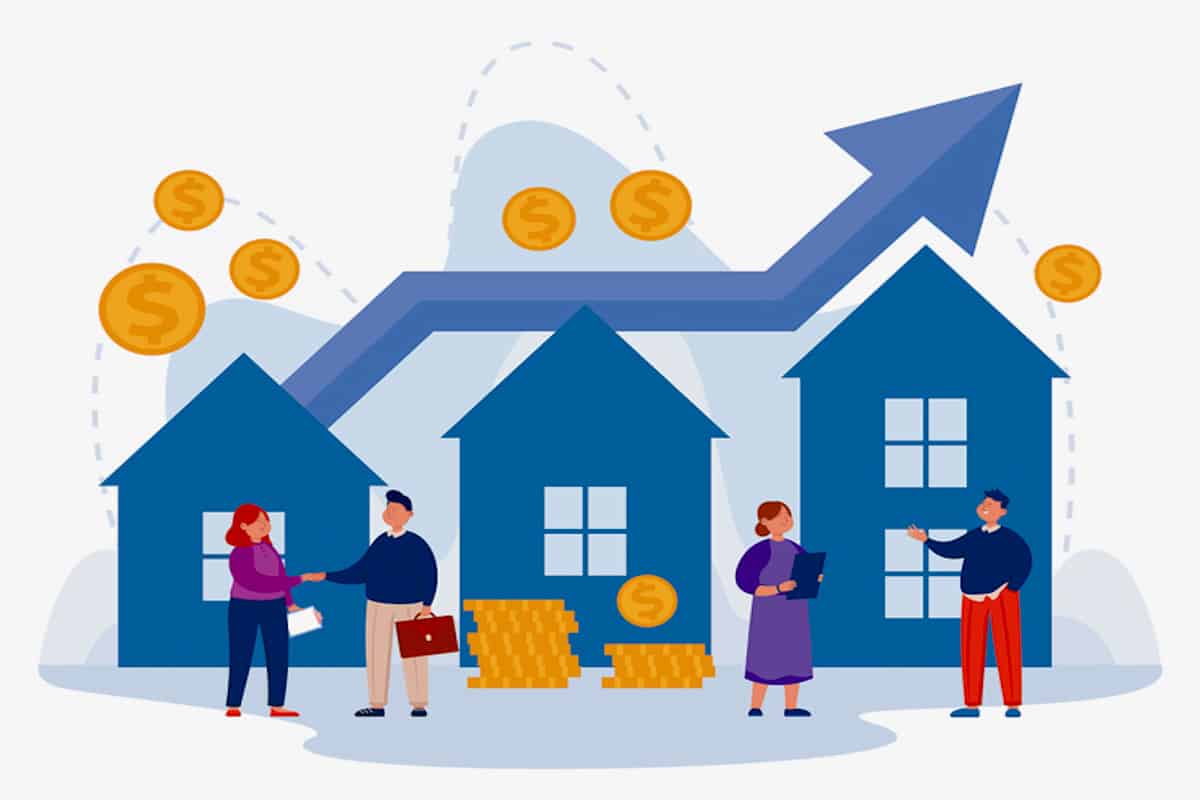The global COVID-19 pandemic has left an indelible mark on various aspects of our lives, and the real estate industry is no exception. As we navigate the post-pandemic era, significant shifts in the housing market have become evident. Homebuyers’ preferences have evolved, and the impacts of remote work on housing choices are reshaping the real estate landscape.
1. Rise of Remote Work
One of the most notable changes in the post-pandemic world is the widespread adoption of remote work. As companies embrace flexible work arrangements, many individuals no longer need to live in proximity to their workplace. This shift has led to a surge in demand for homes in suburban and rural areas, offering a more peaceful and spacious environment compared to bustling urban centers.
2. Preference for Larger Spaces
With remote work becoming the norm, homebuyers are expressing a strong preference for larger living spaces. The need for dedicated home offices, gyms, and outdoor areas has become more pronounced. Properties with spacious interiors and private outdoor amenities are gaining popularity as people seek a comfortable and versatile living environment.
3. Suburban Revival
The pandemic has sparked a revival of interest in suburban living. Homebuyers are drawn to suburbs for their tranquility, larger properties, and often more affordable housing options compared to city centers. Suburban communities are experiencing a resurgence as individuals and families prioritize a balance between urban amenities and suburban serenity.
4. Tech-Enabled Home Features
As remote work continues to shape the way we live, technology has become a key factor in homebuyers’ decision-making. Smart home features, high-speed internet access, and home automation systems are increasingly sought after. Properties equipped with these tech-enabled amenities are positioned as more attractive in the post-pandemic housing market.
5. Focus on Health and Well-being
The pandemic has heightened awareness of health and well-being, influencing homebuyers to prioritize properties that support a healthy lifestyle. Proximity to parks, nature trails, and wellness facilities is now a significant factor in the decision-making process. Real estate developers are responding by incorporating health-centric design elements into new developments.
6. Adaptation of Urban Spaces
While suburban areas are experiencing increased demand, urban spaces are not becoming obsolete. Instead, urban developers are adapting to the changing needs of residents. Redevelopment projects that focus on creating mixed-use spaces, including residential, commercial, and recreational areas, are gaining traction as cities evolve to meet the demands of a post-pandemic population.
 In conclusion, the post-pandemic housing market is characterized by a dynamic interplay of factors reshaping buyer preferences and the real estate landscape. As remote work becomes a long-term reality for many, the shift towards suburban living, larger spaces, and technology-enabled homes is likely to continue. Whether in the suburbs or urban centers, the key to success in the evolving real estate market lies in understanding and adapting to the changing needs of homeowners in this new era.
In conclusion, the post-pandemic housing market is characterized by a dynamic interplay of factors reshaping buyer preferences and the real estate landscape. As remote work becomes a long-term reality for many, the shift towards suburban living, larger spaces, and technology-enabled homes is likely to continue. Whether in the suburbs or urban centers, the key to success in the evolving real estate market lies in understanding and adapting to the changing needs of homeowners in this new era.



